Just a few words to those out there who have a photo business that is totally dependent on Mac’s or PC’s, in regards to the extreme damage that is possible if lightening happens to strike nearby and you are not prepared.
One of the worst things that can happen is to be struck by lightening, and I would have to say the 2nd worst thing would be to have you house struck. I understand the rules about lightening and most time will give it a wide berth. An example, when I shot this, I was inside my car with my camera on a tripod outside being trigger by a remote release. Lightening around electronics always spells disaster always. I know this, yet I still got burned about 3 weeks ago. I live on a ridge top and thus am a bit more susceptible to a direct hit. I have lived in this house now for over 12 years and in that time, I have never had a direct hit to the house but I have had several close ones. My rules are that whenever a strong storm is approaching everything of value has to be unplugged from the wall. What you say, just go get a power stip with surge protection, or a UPS either of these will save you. Well, I have news, that is far from the truth. Here are a few things I learned.

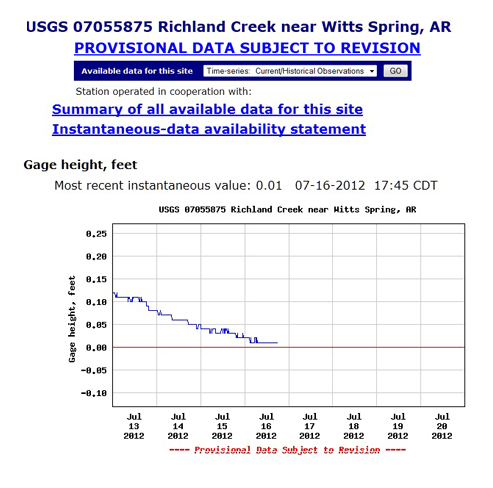
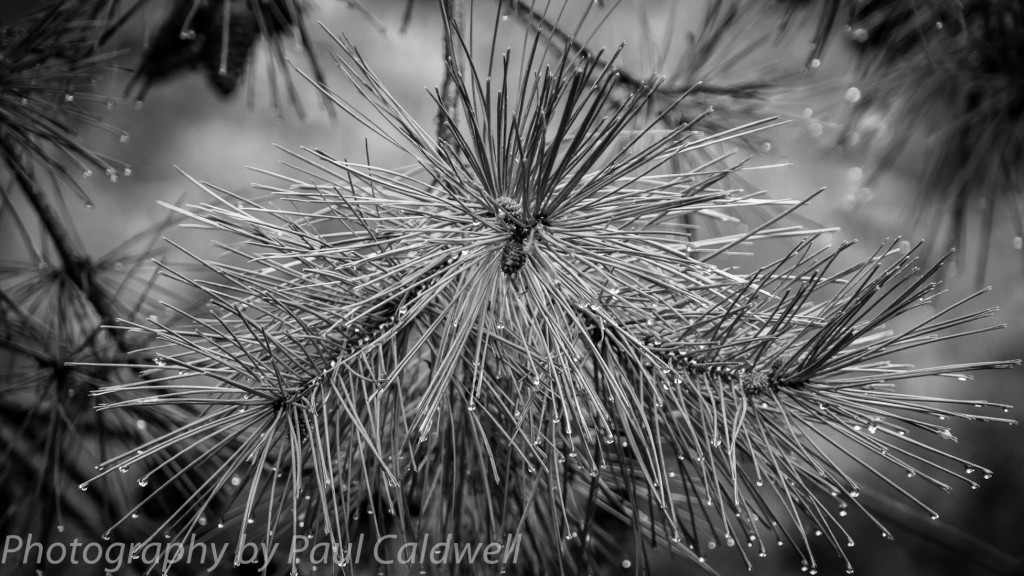
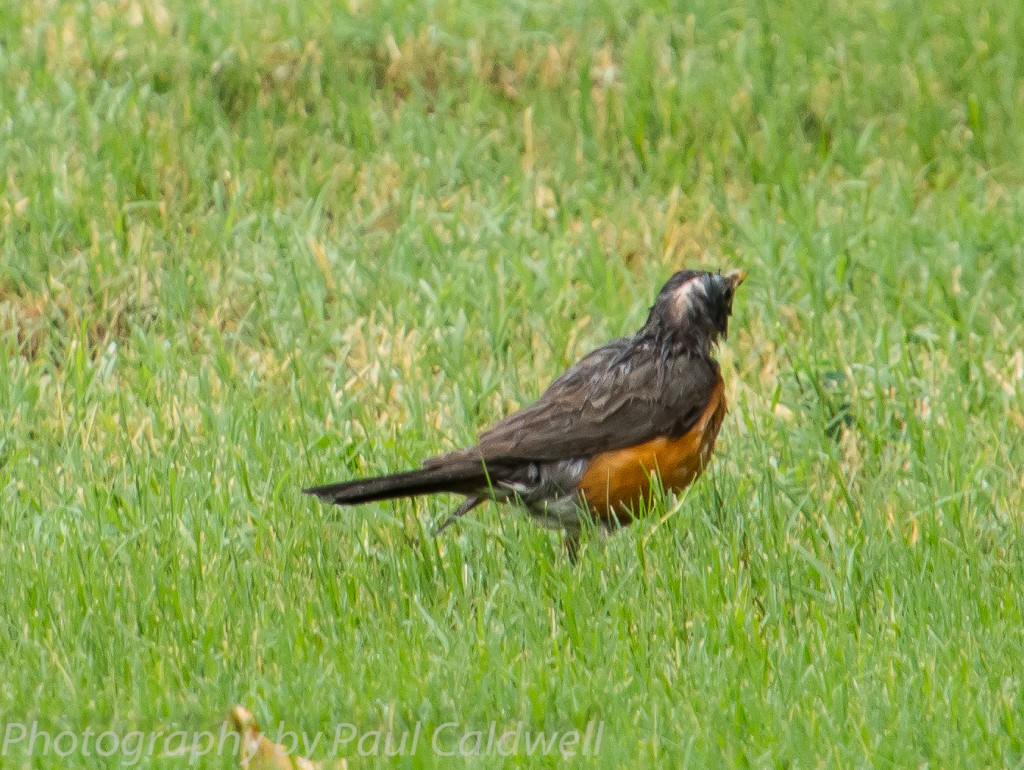
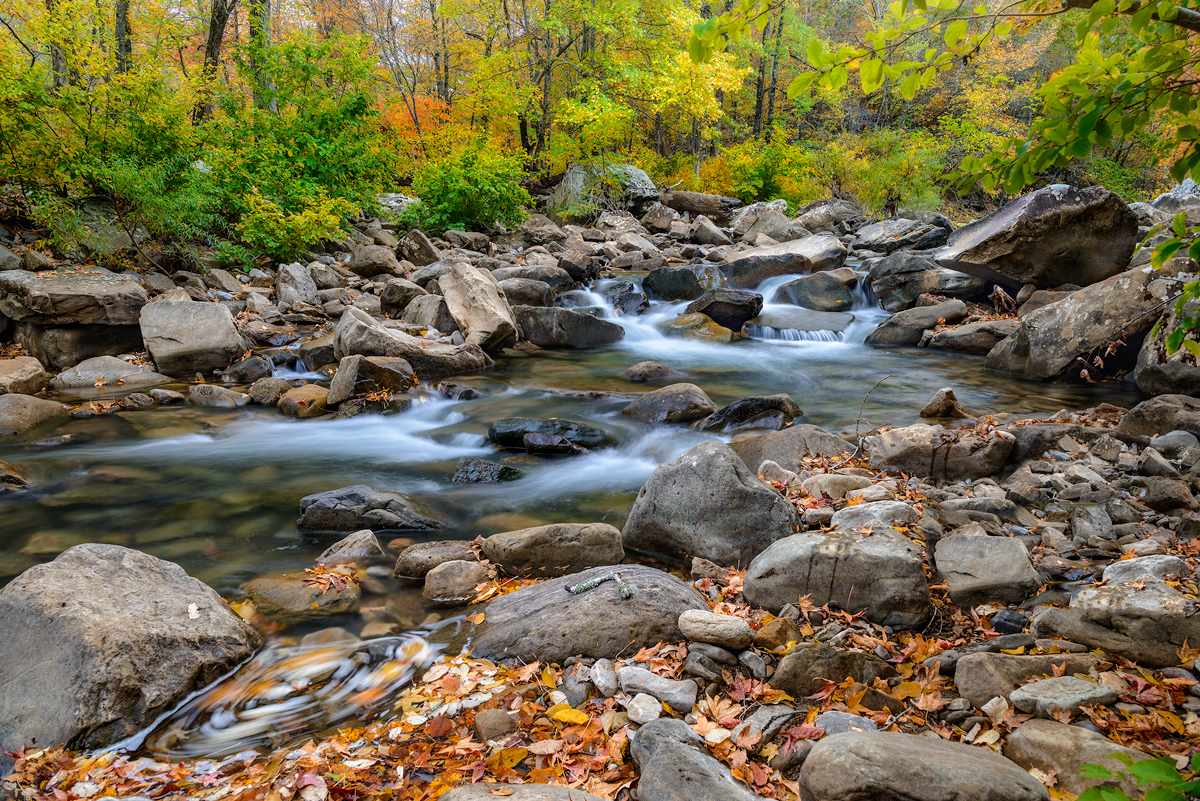
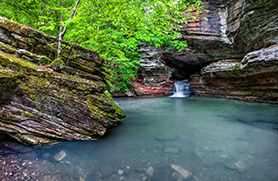
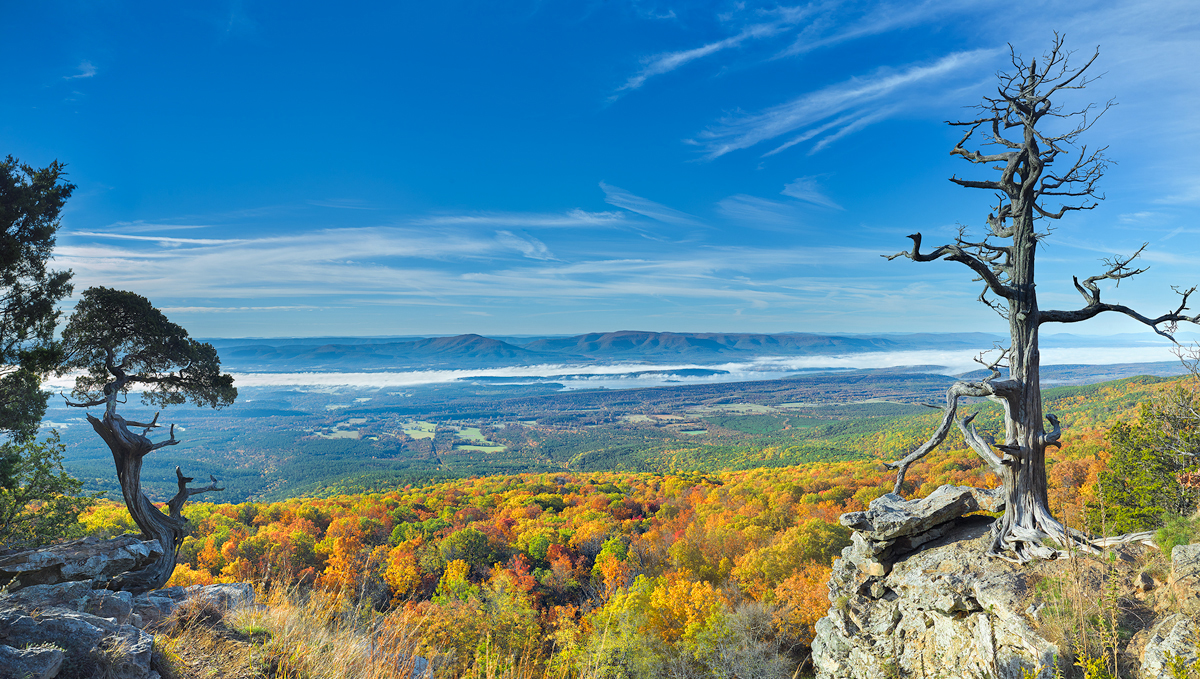
Recent Comments